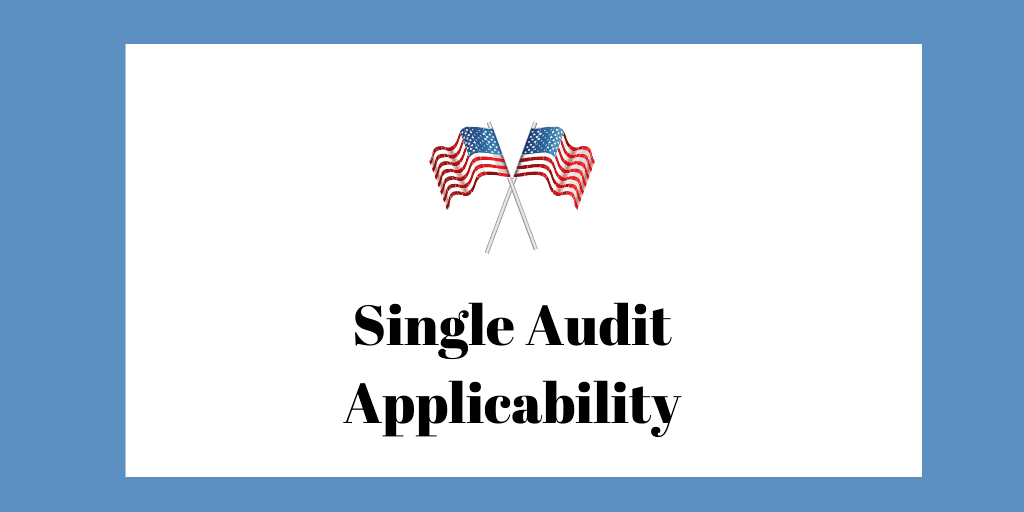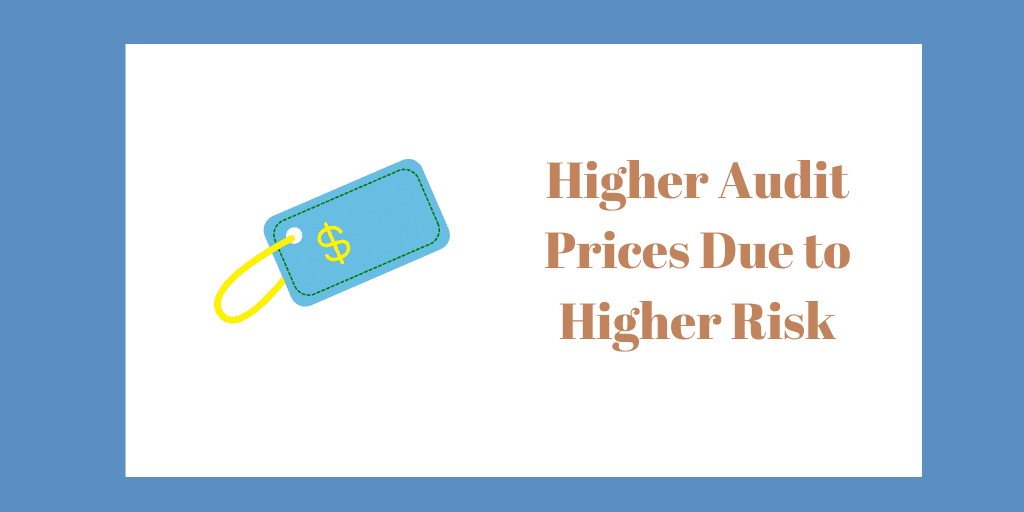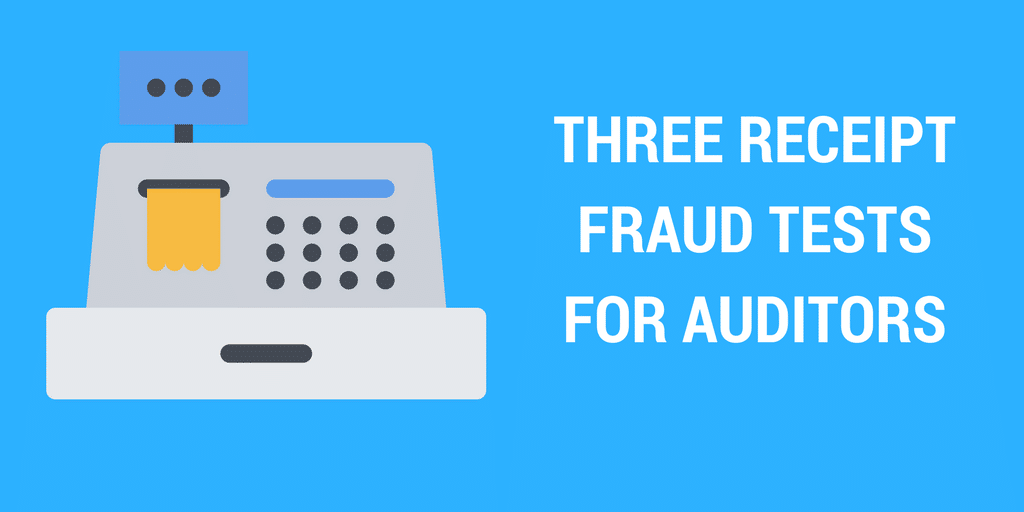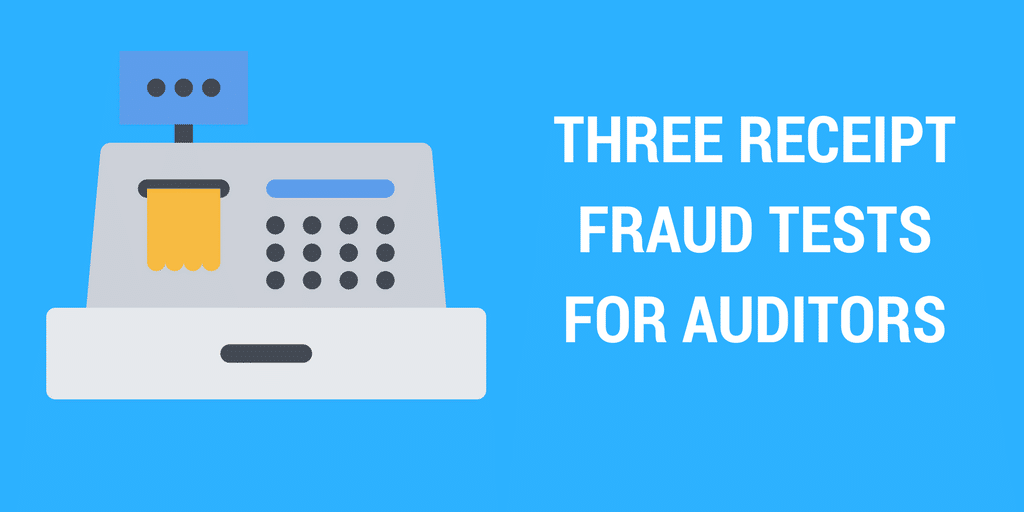
Single Audit Applicability and Objectives
By Charles Hall | Auditing , Local Governments
In this article, I provide information about Single Audits for local governments and nonprofits.
Your organization received federal funds but you're not sure about Single Audit applicability. Should you engage an audit firm to perform a Single Audit or not?
In this article, I'll help you determine whether a Single Audit is needed. I'll also explain the objectives of such an audit. Why? So you can understand what auditors are looking for.
Single Audit: What is it?
Many nonprofits and local governments receive federal funds from the United States government. And some of those entities are required to have a Single Audit.
But what is a Single Audit? It's just what it says: a single audit. Of what? A single audit of all federal awards received by a nonprofit or a government.
For example, a local government might receive disaster funds from FEMA and a block grant from HUD. But rather than contracting for two separate audits, a Single Audit of both programs is performed. This audit requirement is usually triggered when total federal awards exceed $750,000 in one year.
The Uniform Guidance
So what guidance does the auditor and the nonfederal organization (government or nonprofit) follow? The Office of Management and Budget's (OMB) Uniform Administrative Requirements, Cost Principles, and Audit Requirements for Federal Awards, commonly referred to as the Uniform Guidance.
Subpart F, Audit Requirements, provides guidance for auditors.
Next, let's dig a little deeper regarding Single Audit applicability.
Single Audit Applicability
When is a Single Audit required? The Uniform Guidance states: A non-Federal entity that expends $750,000 or more during the non-Federal entity's fiscal year in Federal awards must have a single audit. This is a Single Audit Requirement. (There is an exception. That's when the entity elects to have a program specific audit.)
But what does expend mean? Typically the word means that an entity spends money. But the word expend has a broader meaning in Single Audits. For example, the word includes:
- receipt of federal property or goods (e.g., surplus property or commodities)
- receipt and use of federal loans
- loan balances with the federal government (when there are continuing compliance requirements)
- interest subsidies from the federal government
So if the government or nonprofit expends at least $750,000 in federal funds during its fiscal year, a Single Audit is necessary. If it expends less than $750,000, then a Single Audit is normally not required. States may, however, require a Single Audit even though amounts expended are less than $750,000.
Does the entity look solely at funds received directly from the federal government? No. Federal awards may come directly from a federal agency. But they may also come indirectly through a pass-through entity such as a state. The nature of the federal funds does not change as it passes through an entity (e.g., a state). It's still federal money.
In light of these facts, how does the Uniform Guidance define federal financial assistance? Let's take a look.
What is Federal Financial Assistance?
The Uniform Guidance defines federal assistance in the following manner:
§ 200.40 Federal financial assistance.
(a) Federal financial assistance means assistance that non-Federal entities receive or administer in the form of:
(1) Grants;
(2) Cooperative agreements;
(3) Non-cash contributions or donations of property (including donated surplus property);
(4) Direct appropriations;
(5) Food commodities; and
(6) Other financial assistance (except assistance listed in paragraph (b) of this section).
(b) For § 200.202 Requirement to provide public notice of Federal financial assistance programs and Subpart F - Audit Requirements of this part, Federal financial assistance also includes assistance that non-Federal entities receive or administer in the form of:
(1) Loans;
(2) Loan Guarantees;
(3) Interest subsidies; and
(4) Insurance.
Total of Federal Assistance
The non-federal entity adds all federal financial assistance together to see if they exceed the $750,000 threshold. If, for example, a county government expends $500,000 in block grant funds and $450,000 in disaster funds during its fiscal year, then a Single Audit is necessary.
Now that you understand Single Audit applicability, you may be wondering what the objectives are.
Objectives of a Single Audit
The easiest way to understand the objectives of a Single Audit is to look at a Single Audit report. See example 13-1 from the AICPA. There are two main objectives.
1. Opinion on Compliance with Federal Program Requirements
First, understand that the auditor provides an opinion regarding the entity's compliance with major federal program requirements.
A portion of that wording reads as follows:
Opinion on Each Major Federal Program
In our opinion, Example Entity complied, in all material respects, with the types of compliance requirements referred to above that could have a direct and material effect on each of its major federal programs for the year ended June 30,20X1.
2. Reporting on Internal Control Testing
Second, understand that the auditor reports on internal control testing. While no audit opinion is rendered by the auditor, the controls are tested nonetheless.
A portion of that wording reads as follows:
Report on Internal Control Over Compliance
Management of Example Entity is responsible for establishing and maintaining effective internal control over compliance with the types of compliance requirements referred to above. In planning and performing our audit of compliance, we considered Example Entity's internal control over compliance with the types of requirements that could have a direct and material effect on each major federal program to determine the auditing procedures that are appropriate in the circumstances for the purpose of expressing an opinion on compliance for each major federal program and to test and report on internal control over compliance in accordance with the Uniform Guidance, but not for the purpose of expressing an opinion on the effectiveness of internal control over compliance. Accordingly, we do not express an opinion on the effectiveness of Example Entity's internal control over compliance.
Single Audit Applicability and Objectives
In summary, Single Audits are necessary when a local government or nonprofit expends $750,000 or more. And the objectives of the audit are to provide an opinion on compliance with federal requirements and to report on the internal control testing.







